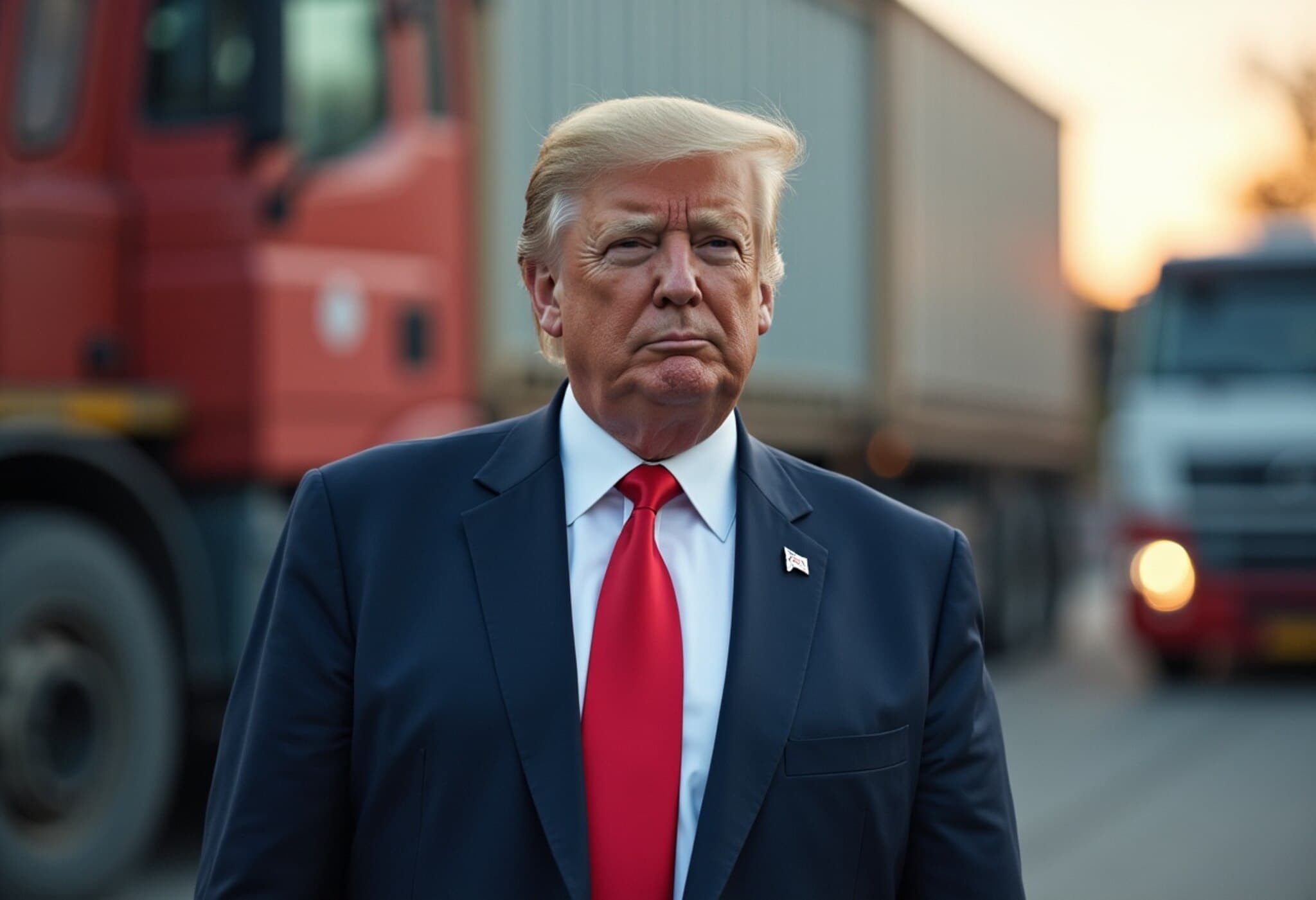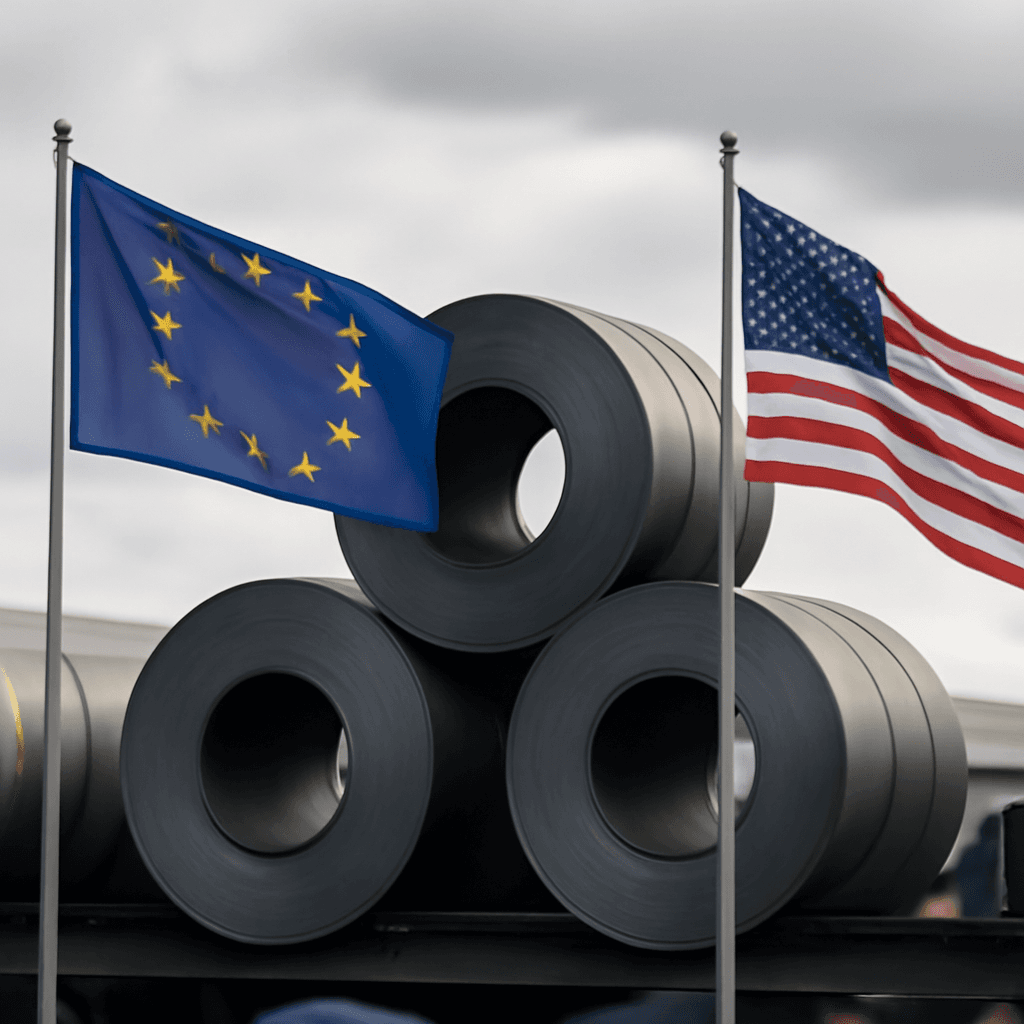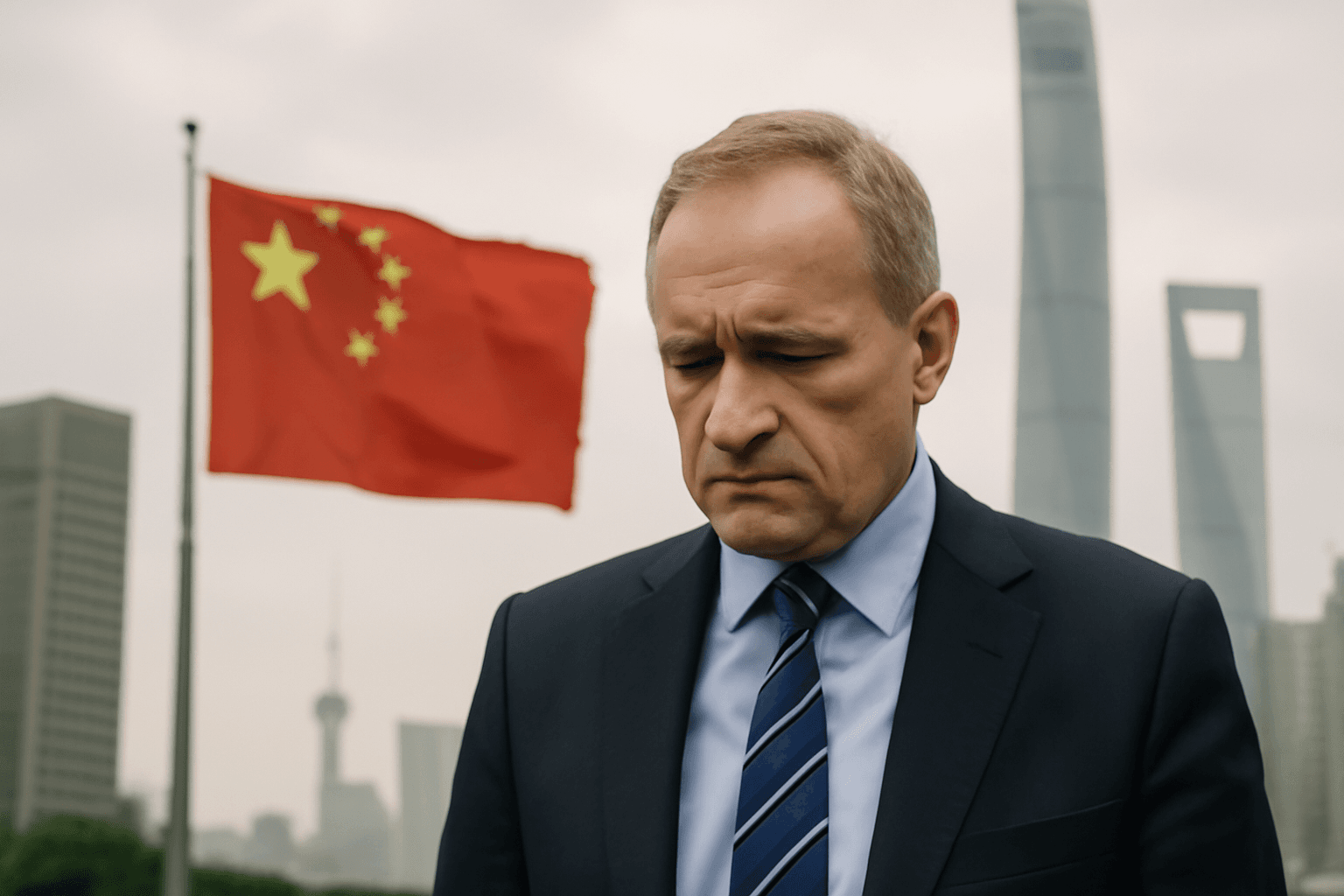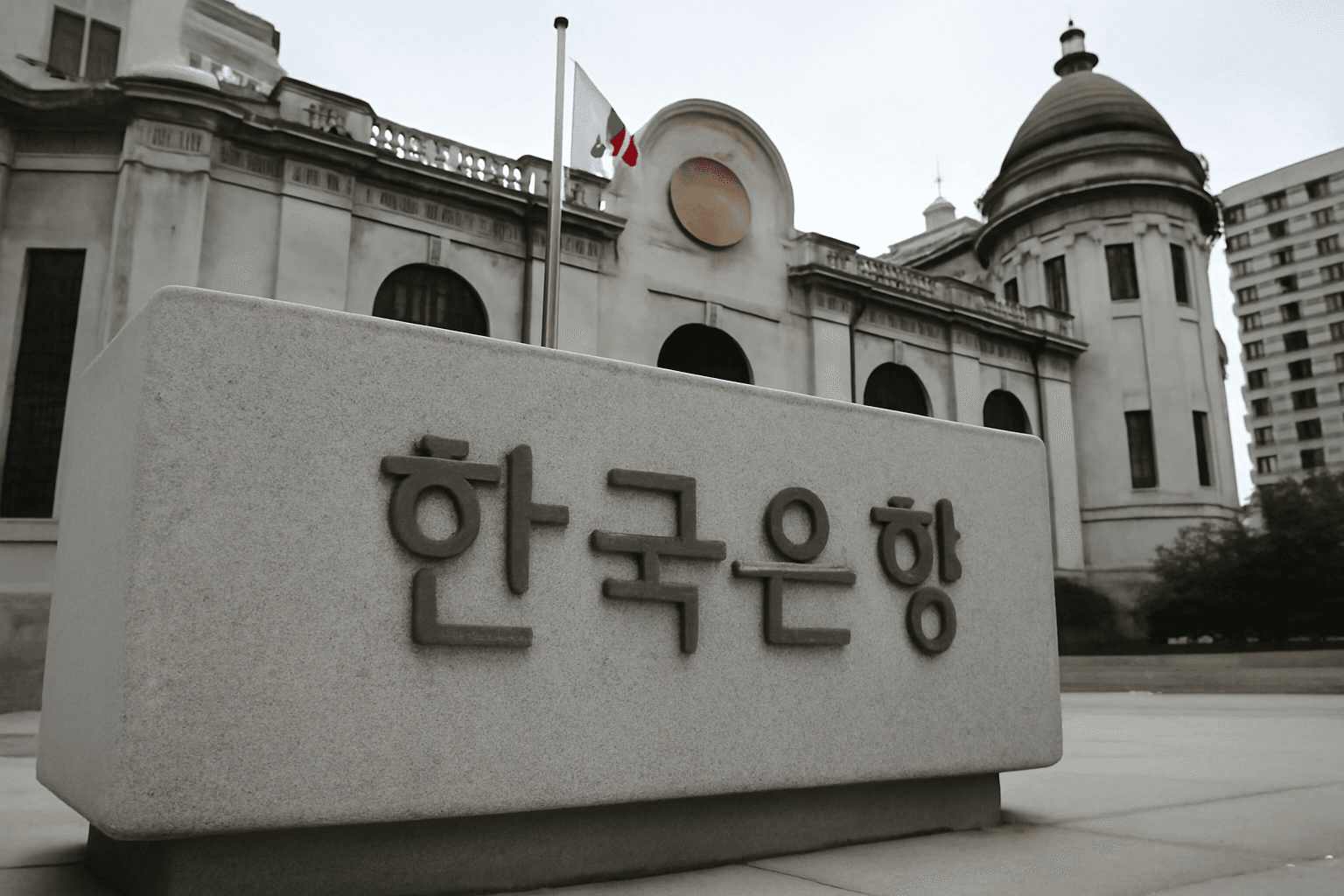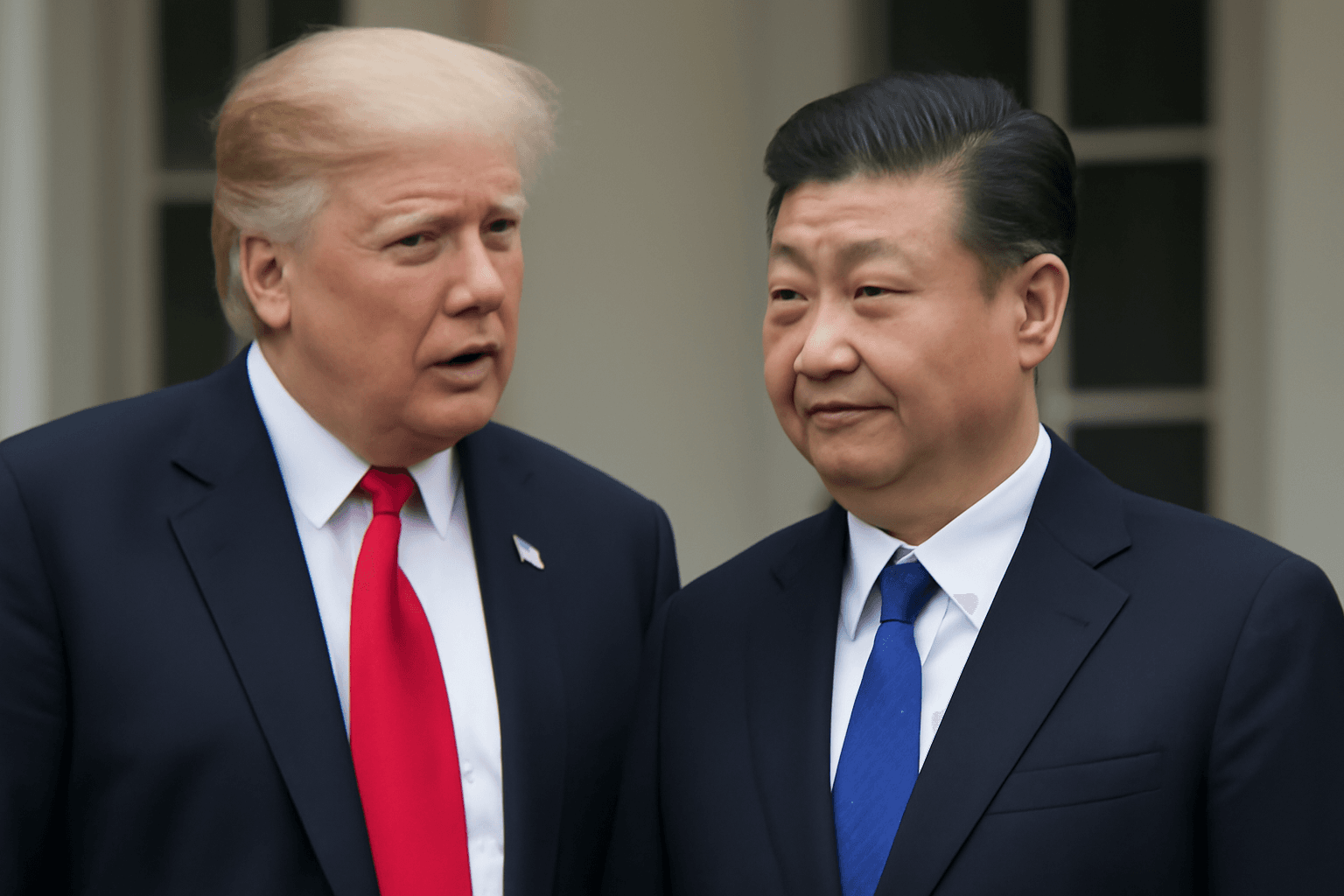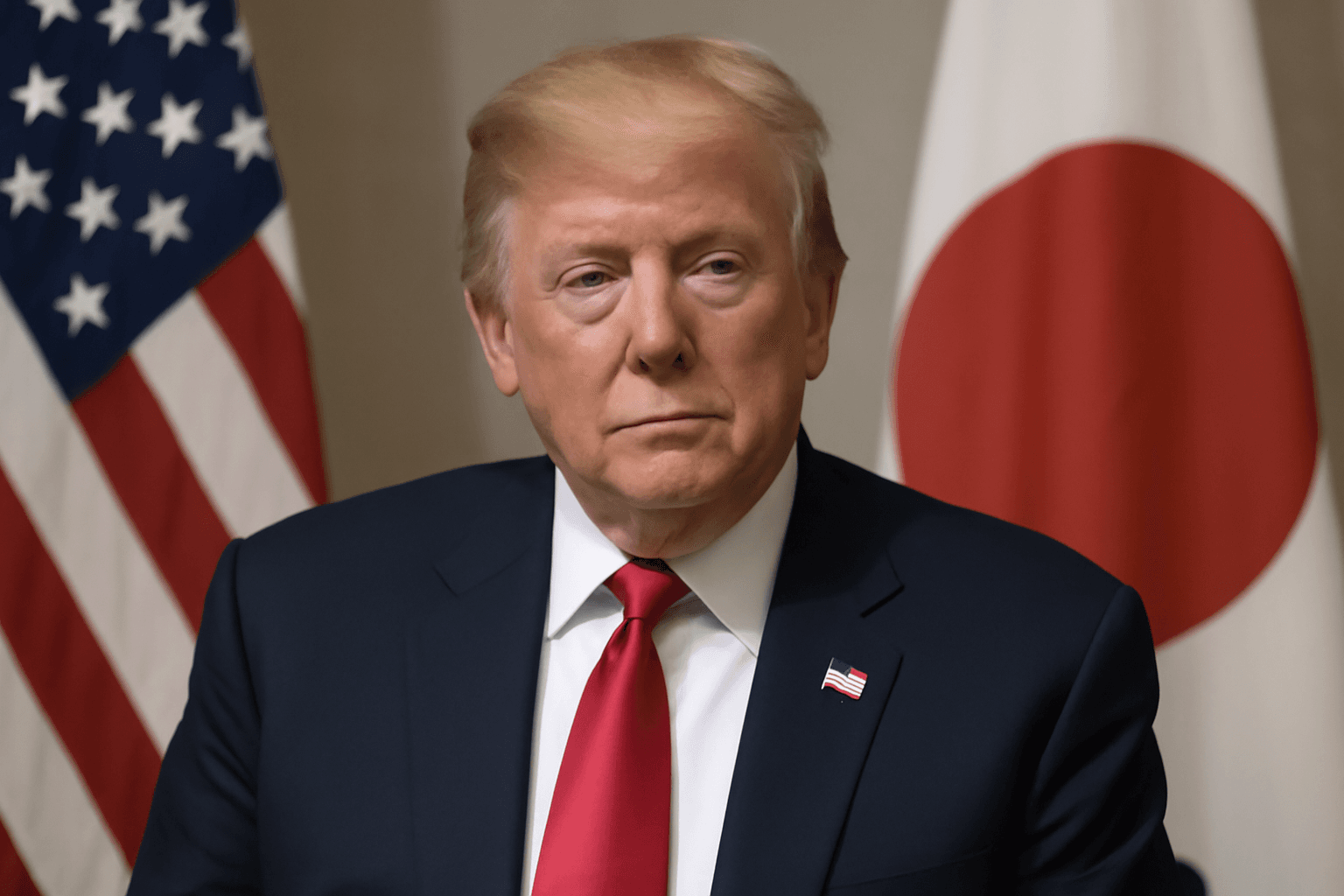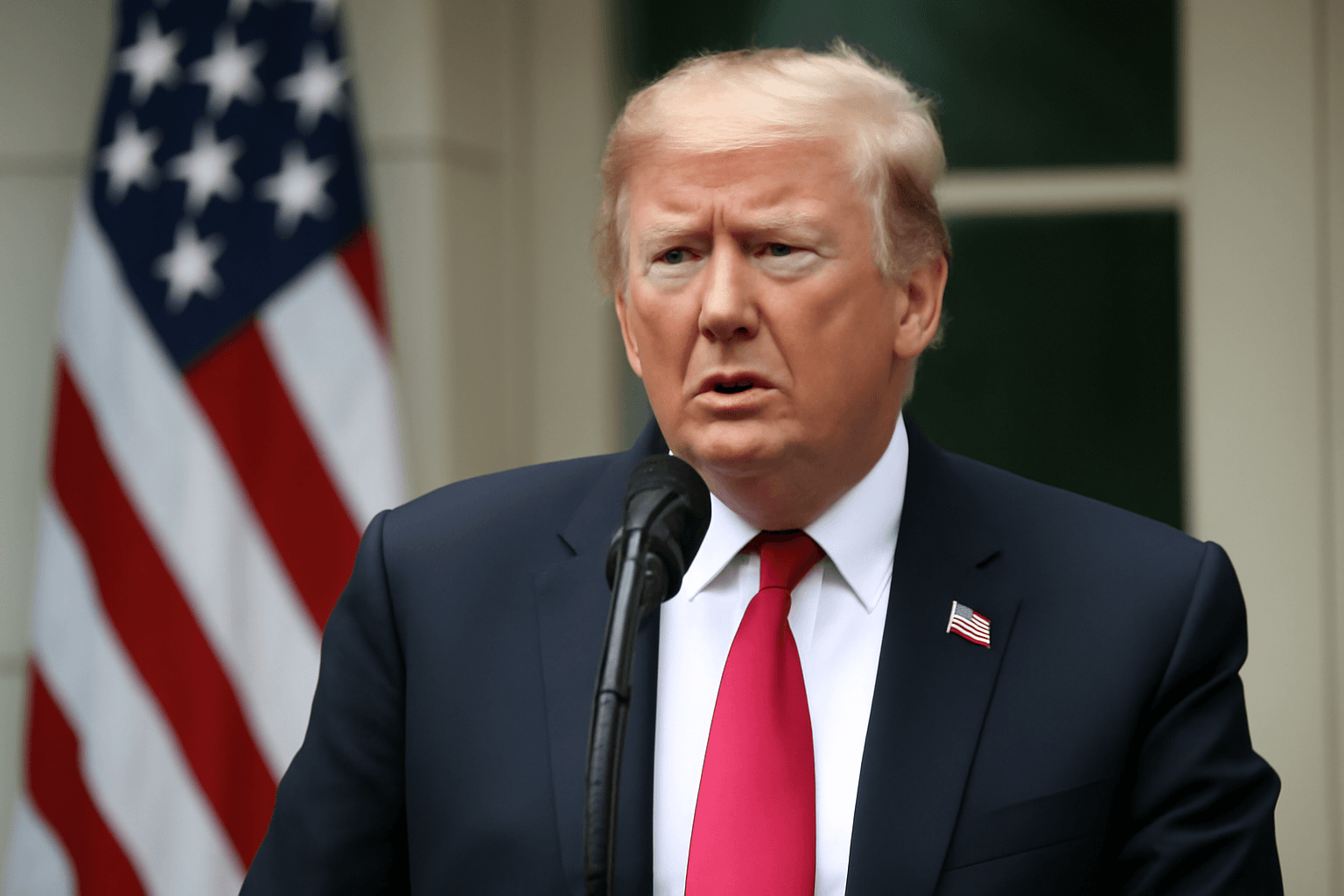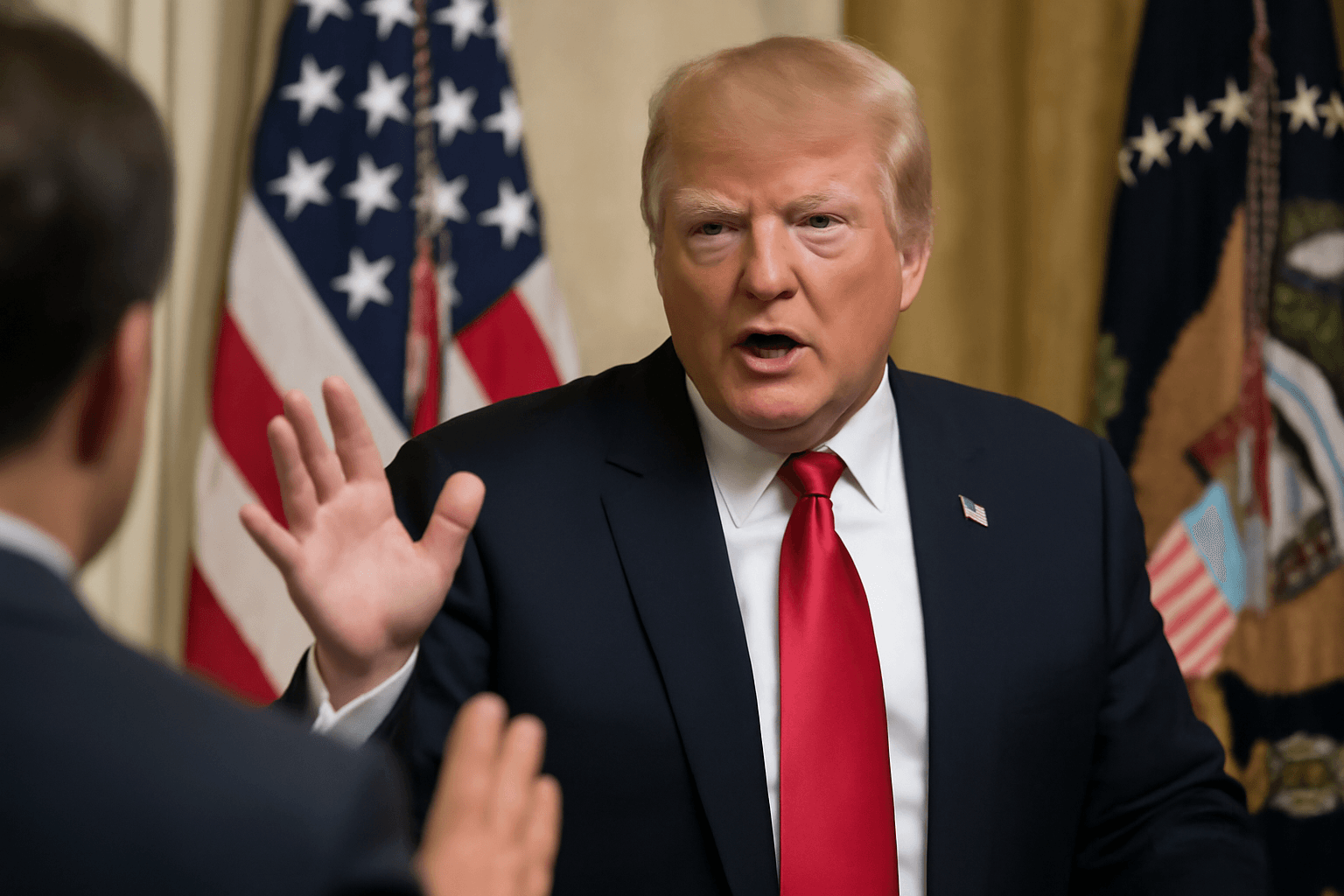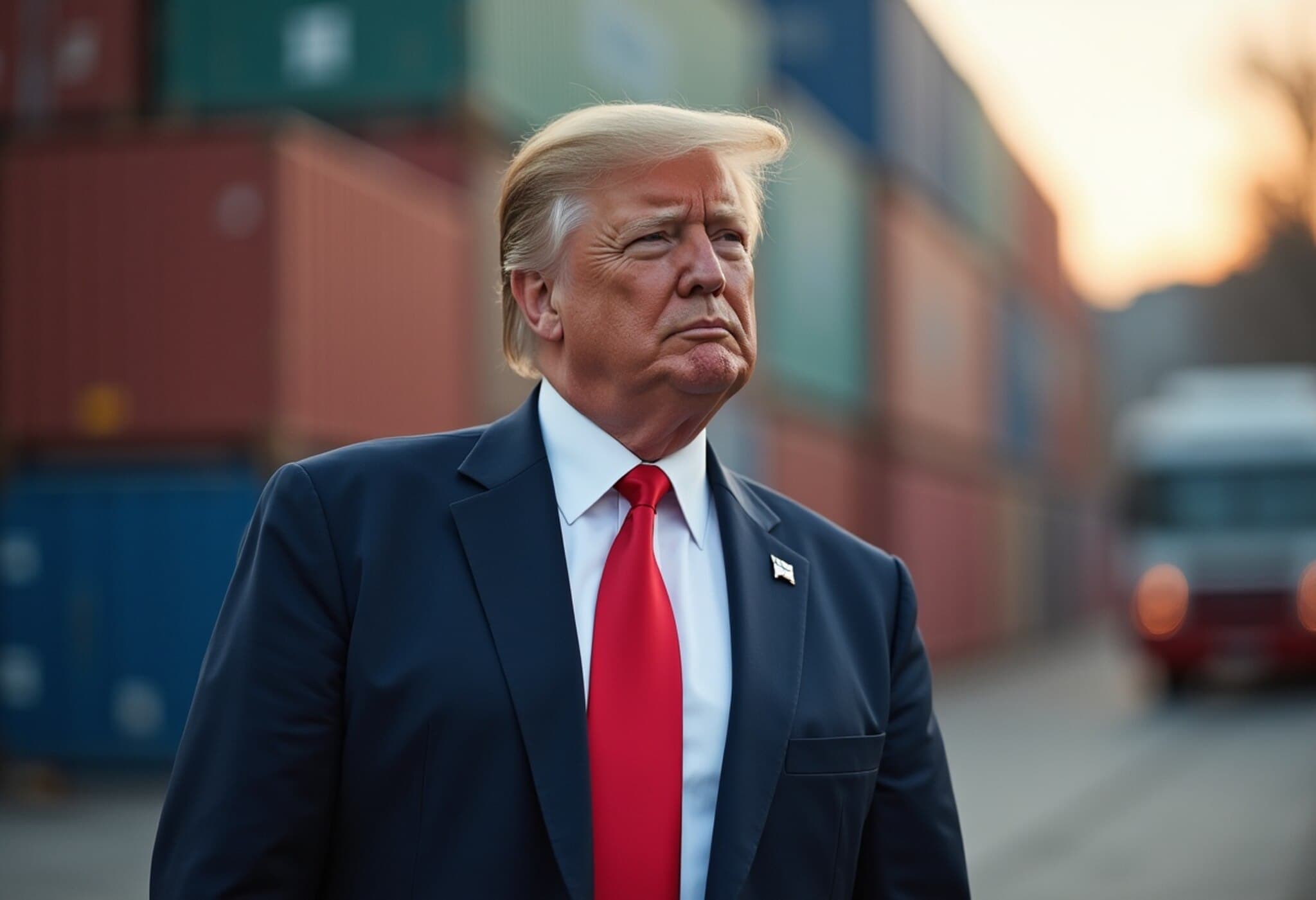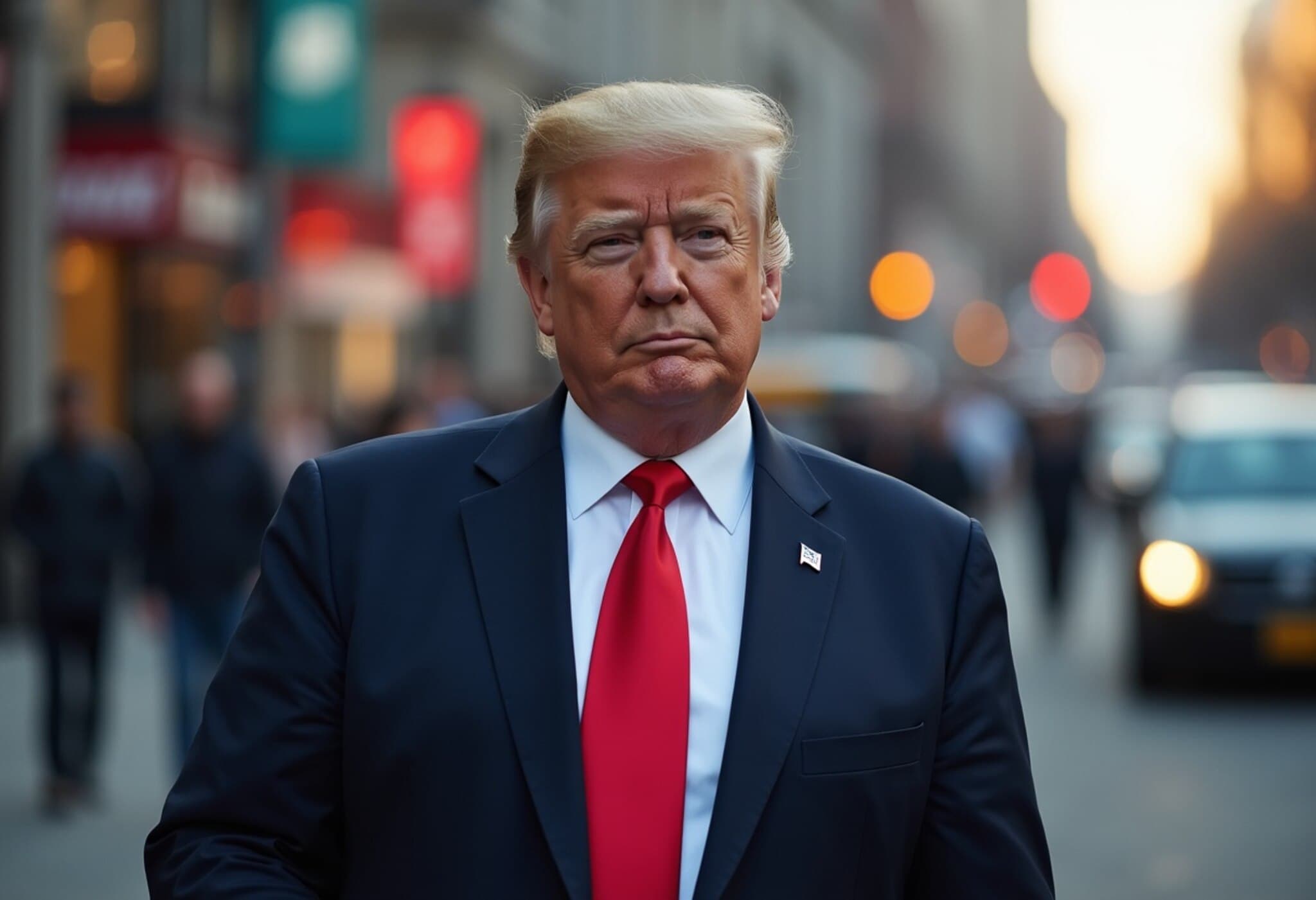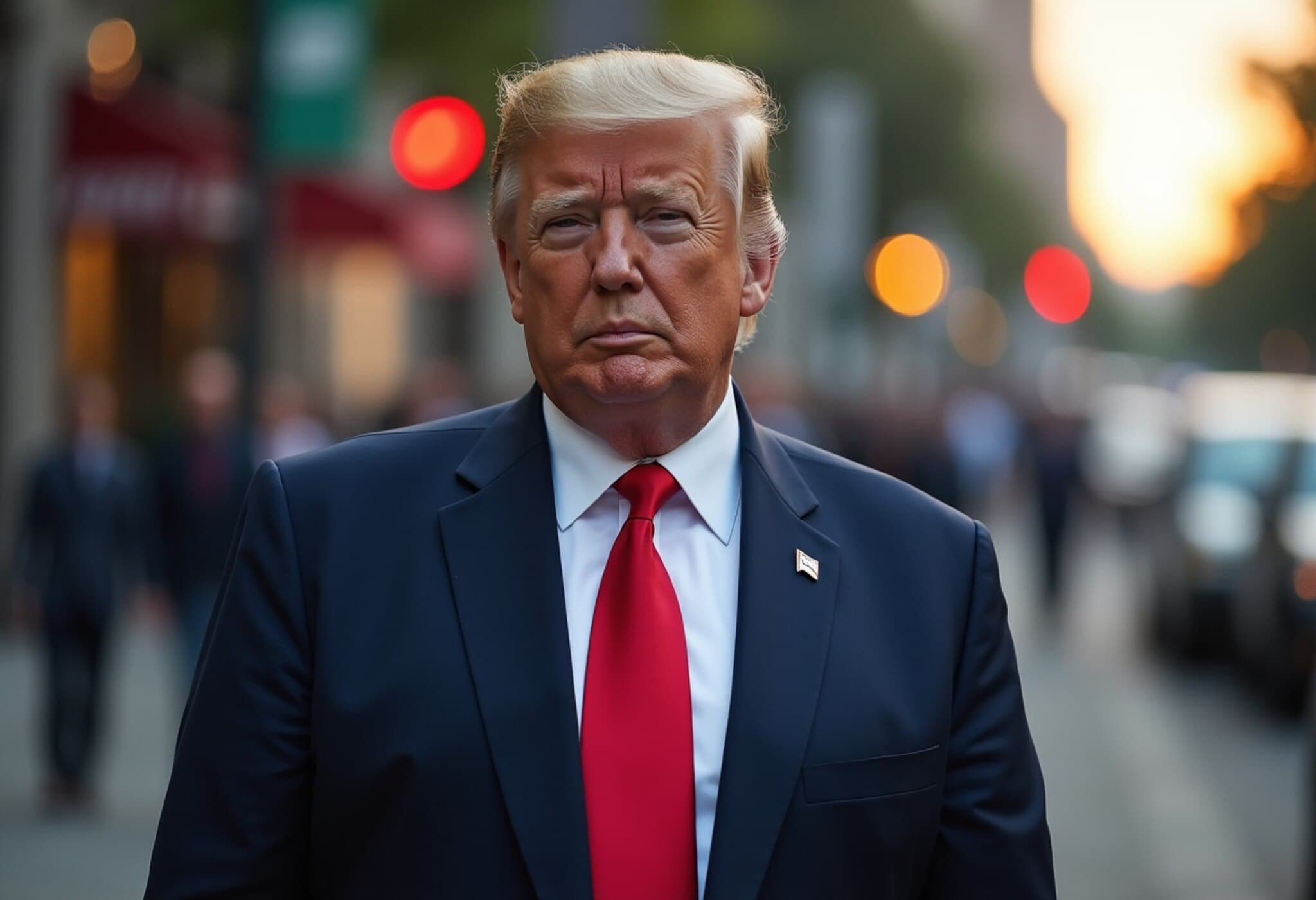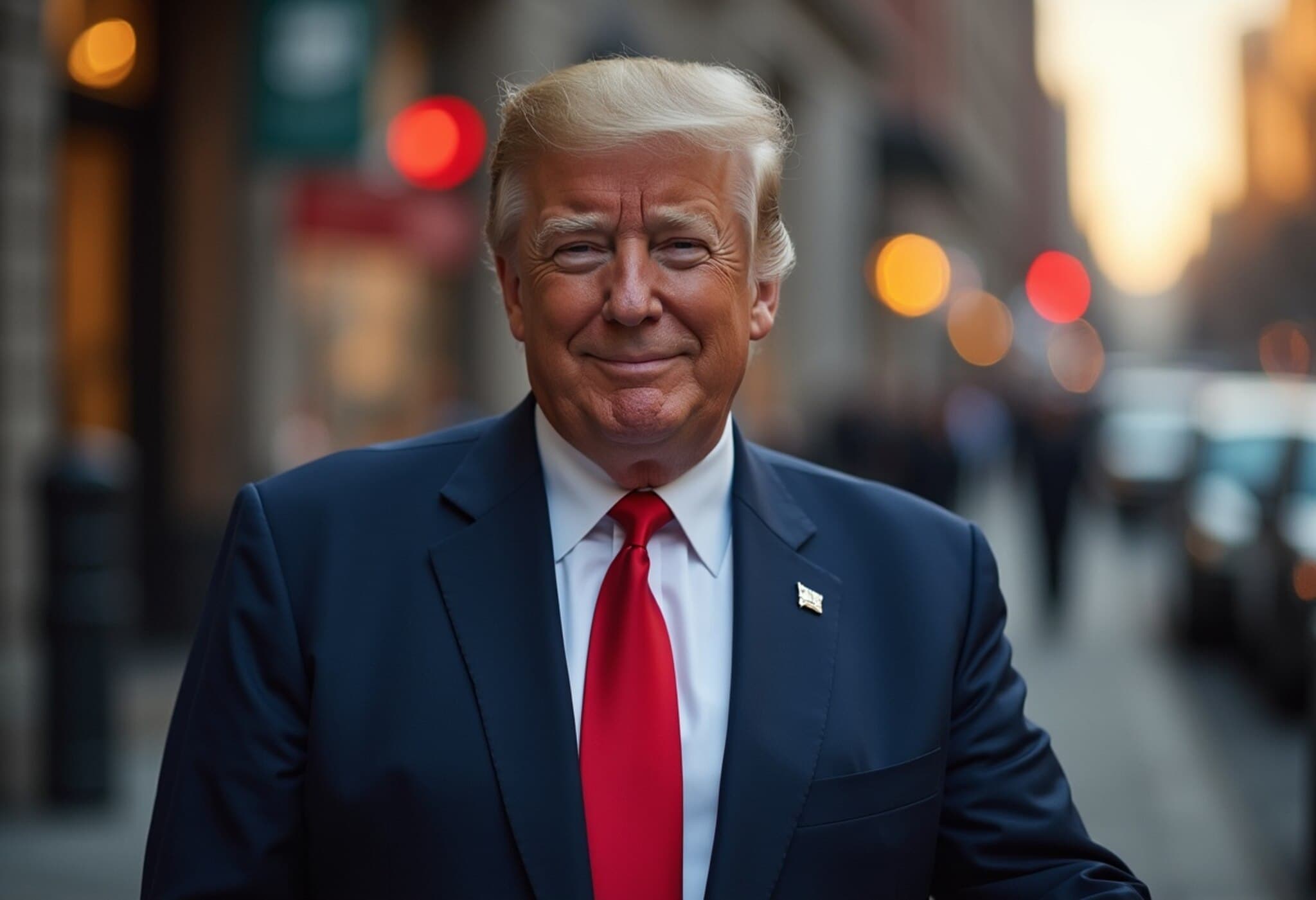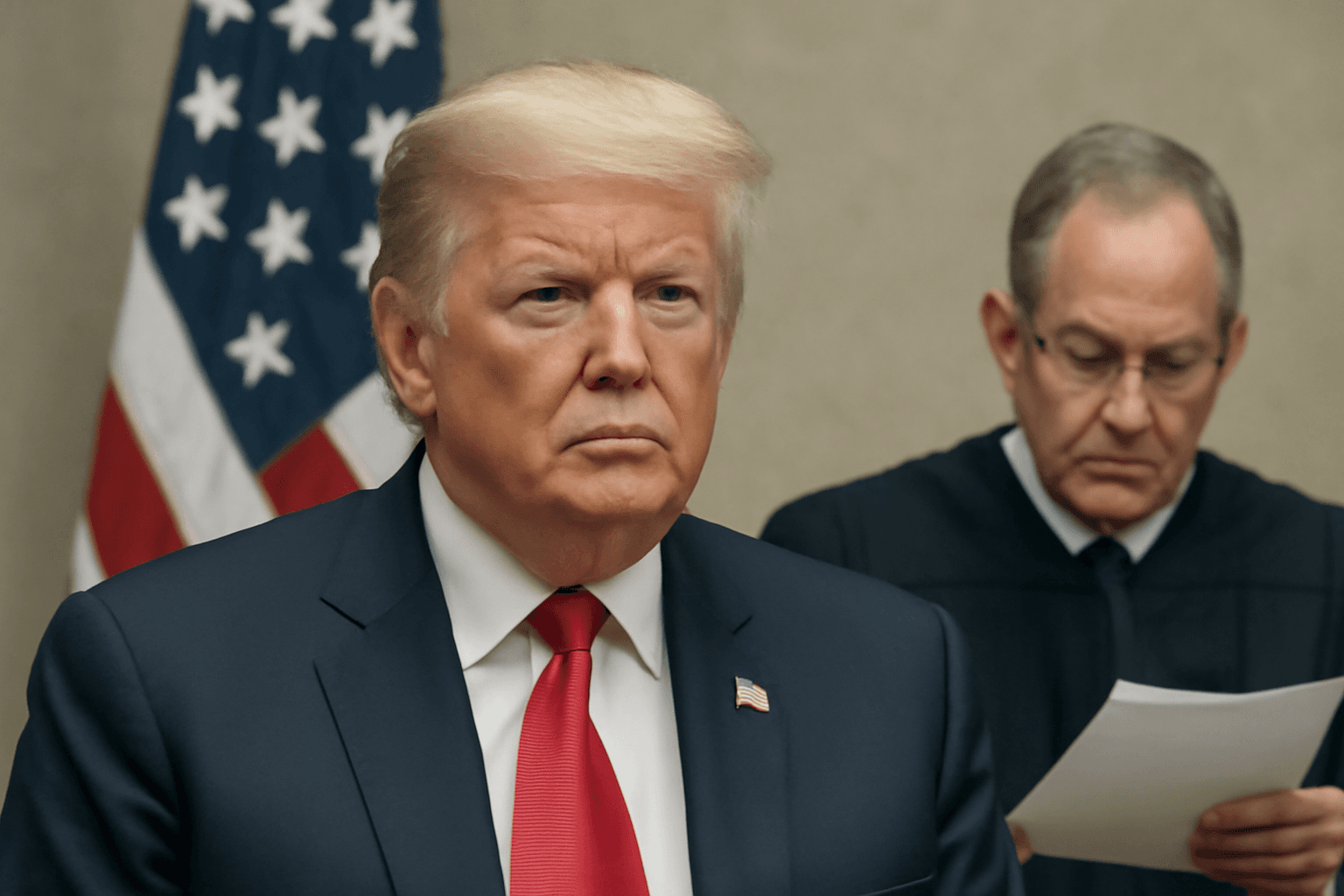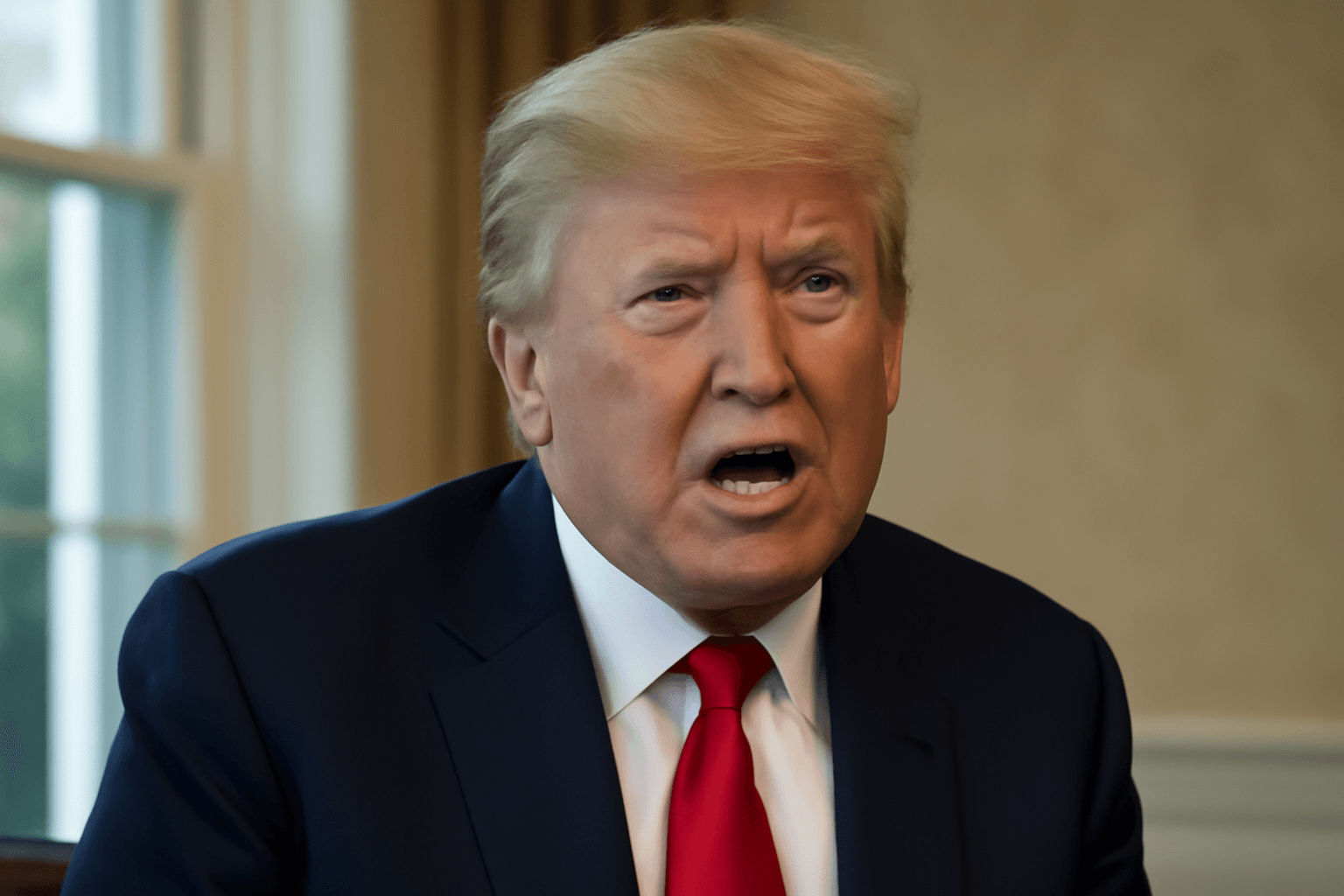Trump’s Tariff Suspension Ends Soon: A Global Trade Crossroad
As Friday approaches, the world braces for a renewed wave of tariffs imposed by the Trump administration, marking the end of the temporary suspension on “reciprocal” tariffs. This pivotal moment threatens to reshape global trade dynamics, introducing heightened economic uncertainty for many nations.
Back in April, optimism was high. President Trump boasted of "over 200 deals" on the horizon, while his trade advisor Peter Navarro promised "90 deals in 90 days." Yet, four months later, only eight trade agreements have materialized, including a landmark pact with the European Union (EU).
The Current State of Play: Who Has a Deal?
United Kingdom: Leading the Way
The U.K. was first to secure a deal with the U.S., finalizing terms in May. This framework set a 10% baseline tariff on U.K. goods along with specific quotas and exemptions for key sectors like autos and aerospace. Despite President Trump’s recent meeting with U.K. Prime Minister Keir Starmer in Scotland, critical pieces remain unresolved — notably tariffs on U.K. steel and aluminum, which the U.S. agreed to reduce, and ongoing debates over the U.K.’s digital services tax.
Vietnam: Dramatic Tariff Reductions amid Transshipment Concerns
Vietnam followed, achieving a tariff cut from 46% to 20%. This move aims to curb the practice of Chinese manufacturers using Vietnam as a transshipment hub to circumvent high U.S. tariffs. However, reports suggest Vietnam was caught off guard by the 20% rate, anticipating instead an 11% levy. The agreement also touches on rules preventing goods from other countries merely passing through Vietnam to enter the U.S. market.
Indonesia: Breaking Down Barriers
Indonesia secured a tariff reduction from 32% to 19%, with commitments to eliminate barriers on over 99% of U.S. exports, spanning agriculture and energy. The deal also addresses non-tariff barriers, making market access smoother for American businesses.
Philippines: Small Steps Forward
The Philippines achieved a marginal reduction from 20% to 19%. Despite the modest cut, President Trump praised the country for embracing an “open market” stance. Additionally, the two nations reaffirmed their military alliance, though details remain sparse.
Japan: A Landmark Trade Deal
Japan agreed to cut tariffs to 15% from 25%, notably extending this preferential rate to its crucial automobile sector — a first. Trump touted the deal as possibly the "largest ever," highlighting a commitment of $550 billion investment into the U.S. While negotiations were fraught with uncertainty, the pact signals deepening economic ties.
European Union: Progress Amid Mixed Reactions
The EU’s deal cuts tariffs to 15%, half of Trump’s original 30% threat, restoring levies on autos, aircraft, and certain drugs to pre-January levels. However, some European figures, like French PM François Bayrou, slammed the agreement as a "dark day," whereas EU Trade Commissioner Maroš Šefčovič called it the "best deal under very difficult circumstances."
South Korea: Aligning with Japan’s Terms
South Korea also settled on a 15% tariff baseline, including autos, with an added $350 billion investment promised by U.S. firms. This agreement is expected to help Korean businesses enter U.S. industries such as shipbuilding and semiconductors.
Major Economies Without Deals: Facing Heightened Tariffs
China: The Ongoing Trade Chess Game
China remains a focal point of trade tensions. After a rollercoaster of tariffs reaching as high as 145%, a temporary truce was negotiated in Geneva to pause tariff escalations until August 12. However, with no extension secured, higher tariffs loom, contingent upon approval from senior U.S. authorities.
India: Hit with Tariffs and Penalties
On July 30, Trump imposed a 25% tariff on India, citing unfair trade practices and India’s military and energy dealings with Russia. Although India is a friend, Trump criticized its consistently high tariffs, now subjecting Indian goods to one of the highest U.S. rates.
Canada: In an ‘Intense Phase’ of Negotiations
Canada faces a looming 35% tariff hike starting August 1, with threats of further increases if retaliation occurs. Disputes over pharmaceutical imports and other goods have escalated tensions, though Prime Minister Mark Carney expressed cautious optimism about ongoing "intense" talks—noting few expect a tariff-free outcome.
Mexico: Struggle Over Tariffs and Border Security
Mexico is on the tariff firing line as well, with rates set at 30%. Mexico’s role in migration issues and drug trafficking has been cited by Trump to justify tariffs. Despite government appeals to negotiate before August 1, progress remains elusive.
Australia: Sticking to the Baseline for Now
Australia currently faces a 10% tariff rate. Yet, given its trade deficit with the U.S., it risks higher tariffs if the baseline rate increases. Talks with Washington appear stagnant, though Australia’s relaxation of restrictions on U.S. beef was welcomed by the U.S. trade office.
Expert Perspectives and Regional Implications
The patchy nature of these agreements reflects the complex interplay of geopolitical, economic, and domestic political considerations shaping U.S. trade policy. For instance, America’s pivot to secure investments—such as the multi-hundred billion dollar pledges from Japan and South Korea—reveals a strategic focus on reshoring manufacturing and protecting intellectual property.
Meanwhile, the stalled talks with key partners like Canada, Mexico, and India highlight persistent friction points centered on pharmaceuticals, border security, and energy ties, raising questions about the long-term sustainability of tariff-driven diplomacy.
From an economic lens, higher tariffs tend to disrupt global supply chains, raise costs for consumers and businesses, and add unpredictability—factors that could dampen economic growth. The stakes are particularly high for countries that rely heavily on exports to the U.S., as well as American industries dependent on imported materials.
Looking Ahead: What to Expect Post-Deadline
- Tariff hikes: Countries without deals can expect increases beyond the current 10% baseline, especially those with trade surpluses.
- Trade negotiations intensify: The next weeks could see renewed efforts to reach compromises, especially between the U.S., Canada, and Mexico.
- Market volatility: Companies and investors may react swiftly to changes, potentially impacting supply chains and pricing worldwide.
Editor’s Note
As the Trump administration’s tariff deadline arrives, the global trade landscape stands at a crossroads. The limited number of deals underscores the complexity of harmonizing U.S. economic interests with those of key allies and partners. Beyond raw numbers, these agreements and conflicts reveal deeper questions about the future of globalization, supply chain resilience, and the politics of economic nationalism.
For U.S. policymakers and international stakeholders alike, the challenge ahead is balancing protective measures with open market principles, ensuring that trade policies foster growth without sowing discord. In this evolving saga, careful observation of upcoming negotiations and economic impacts will be essential to understanding the true cost and benefit of these tariff decisions.

